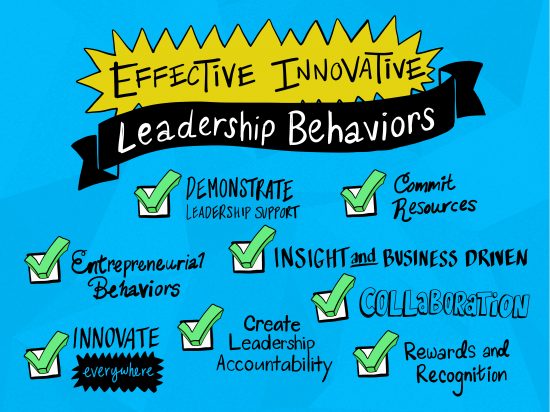Incredible to see what a year can do— especially, when you’re sitting at the unique-cross section of tech and media! I can’t help but feel nostalgic—it’s that time of year of course—when we look back at what we’ve accomplished and how far we have come. The holidays fuel that type of retrospection, however, when you are a company as large as Cisco, it seems like we are always running toward the next thing..The next project, innovation, event. But for today, I want to take a moment to look back and celebrate how far we have come in one year.
Twelve months ago, many of our customers in media would not have looked upon Cisco as a media focused company. Sure, a tech company…but not one that understood their end-to-end needs of production, contribution, post, and distribution. Not one that was focused on how to help them create new monetization offerings or capable of helping them launch agile services. Certainly, not one that could help them navigate the changing landscape of SDI or Satellite to IP….What a difference a year makes!
We officially a launched the Cisco Media Blueprint – our vision for the E2E needs of our content producing customers. We doubled down on strategic partnerships with media darlings Grass Valley, Riedel, EVS and Imagine Communications to introduce new solutions across remote and studio production and changed the game with our private cloud offerings for post-production and playout. If we couldn’t figure out how to build it, we bought it! 1Mainstream became part of the Cisco family and augmented our primary video distribution solutions by offering a completely managed (and 100% cloud-based) OTT offering for any device. We showed our stuff at NAB to incredible reviews, then nailed it again at IBC. We re-evaluated our Security portfolio and augmented the needs of our studio clients by innovating new ways to prevent account sharing, DRM for OTT, and of course Anti-Piracy.
Then, we enlisted the office of the CTO and Chief Architect to get involved in the fun and fast track the innovation, by introducing All the Cool Stuff. As we went on, we realized that none of this was any good if it wasn’t open and standards based, so we helped found the AIMS organization. We worked hard to build an extraordinary team, composed of diversity of idea, industry, experience, and demographic makeup. And if that wasn’t enough, we launched three more Summits focused on Sports, Studios and doing business in the Media business, by partnering with Intel and Devoncroft to throw the big-daddy of events, the Cisco-Intel Media Summit!
As if all of that wasn’t epic enough, we received the ultimate affirmation—the endorsement and validation of our direction from our customers. We announced strategic engagements with NBC Sports and Encompass and watched as demand for our IP Fabric for Media and Media Data Center solutions flew off the charts! While the amount of activity this year has been vast (trust me when I say we are looking forward to the holiday break!) we have already begun the work to ensure 2017 follows suit and is nothing short of amazing.
So, you see, we have so much to be grateful for this year. We took note of the market and tech transition in media and we invested. We brought the best and brightest together to innovate and co-develop alongside of our customers in this ever-changing environment—because our intent is to not only change the way we work, live, play, and learn—it’s to change the way we produce, distribute, and monetize the content we love! I guess you could call it a miracle on 34th St…




 ‘why’. They define the digital journey in terms of investments and business outcomes.
‘why’. They define the digital journey in terms of investments and business outcomes.

CONNECT WITH US